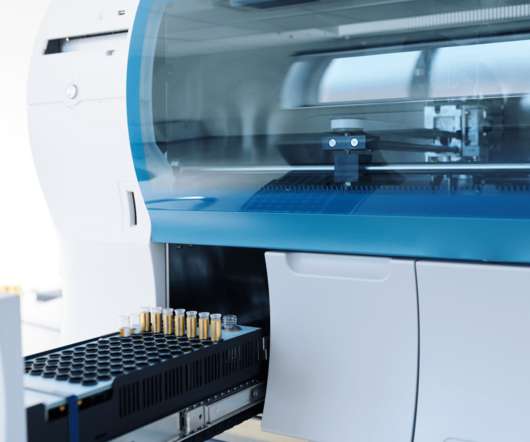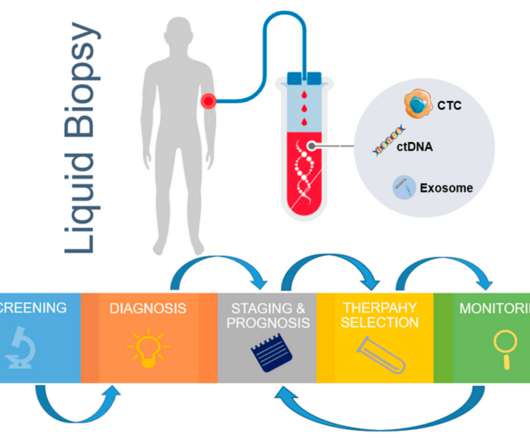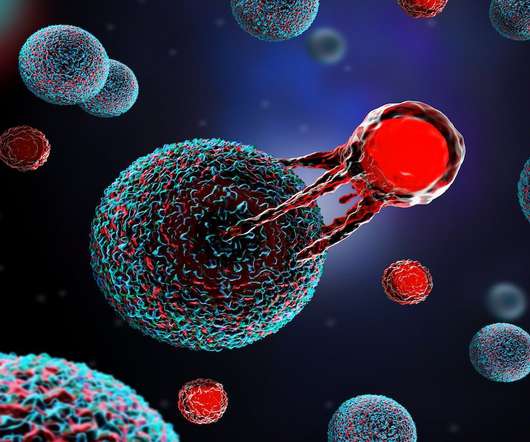GxP Best Practices for Safer, Smarter, Faster Clinical Research
Advarra
SEPTEMBER 14, 2023
In the clinical research space, GxP is a set of quality regulations and guidelines designed to establish the safety, efficacy, and integrity of pharmaceuticals, medical devices, and clinical trials. This blog explores key concepts, regulations, and the importance of GxP in delivering successful clinical trials.













Let's personalize your content